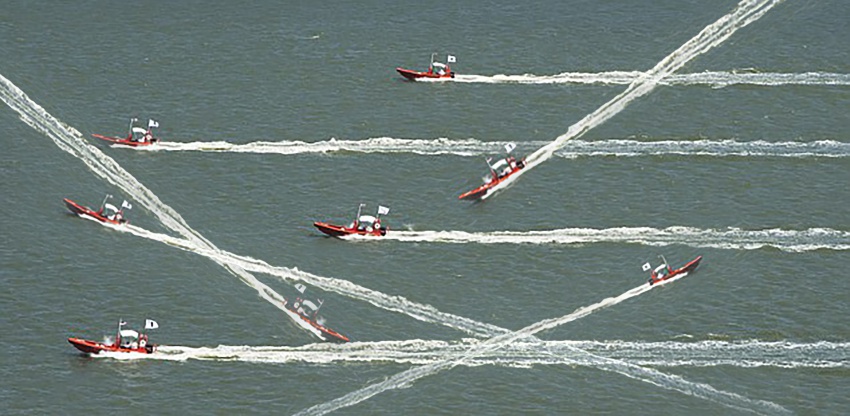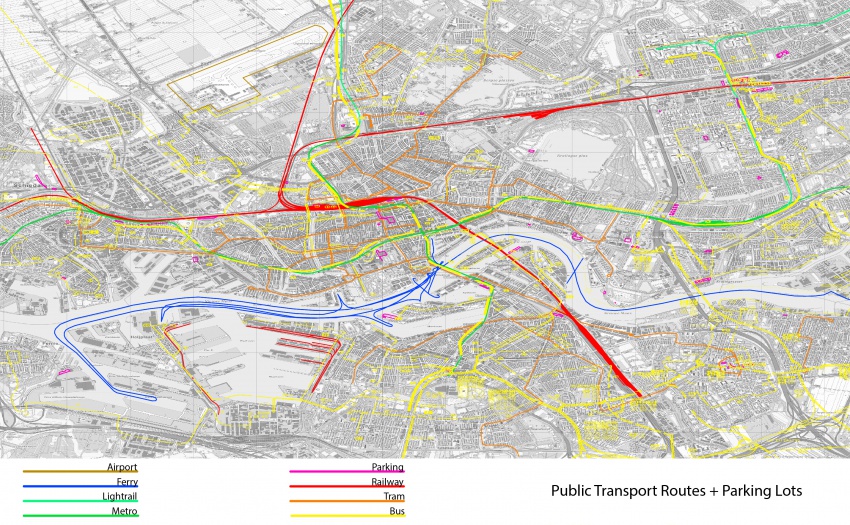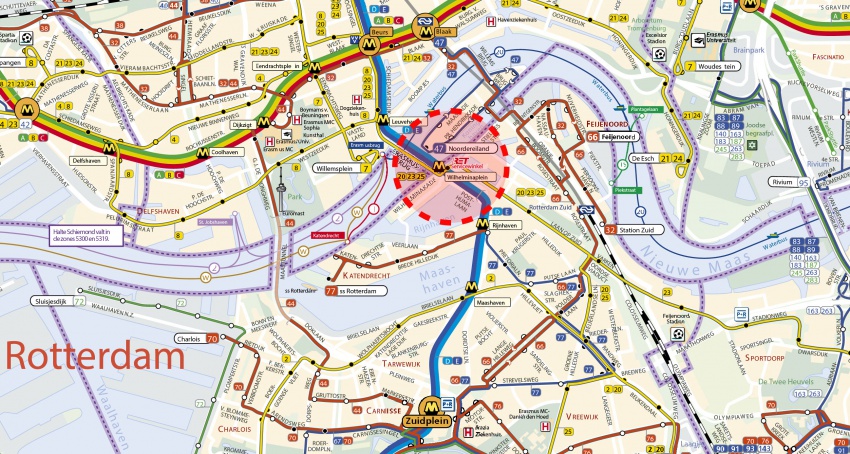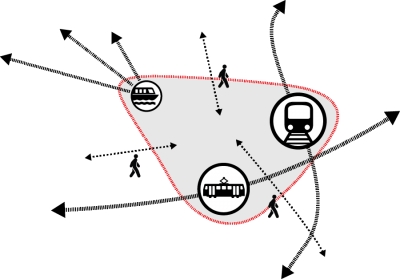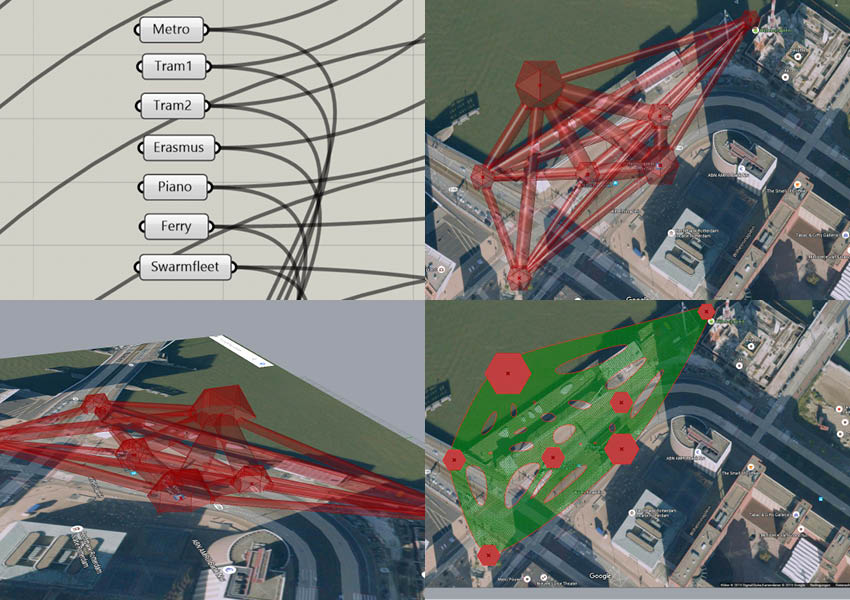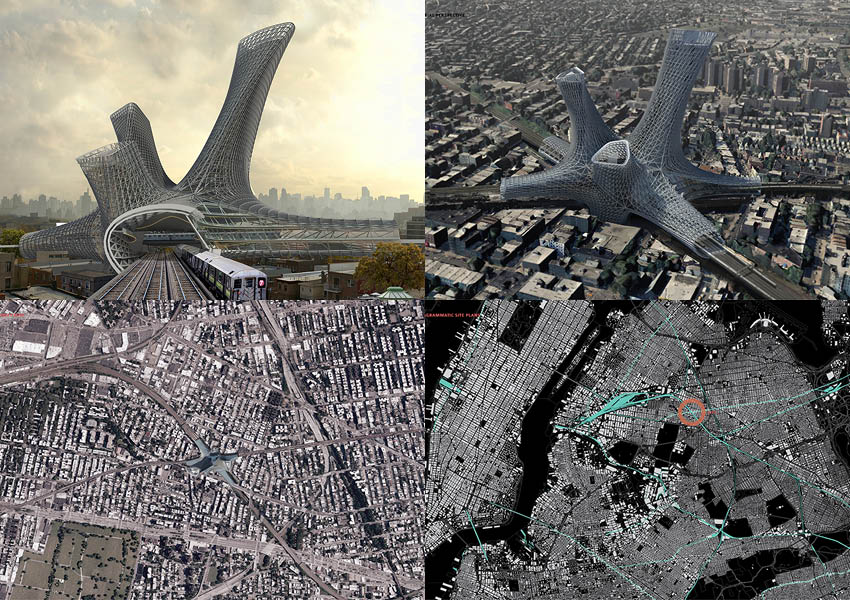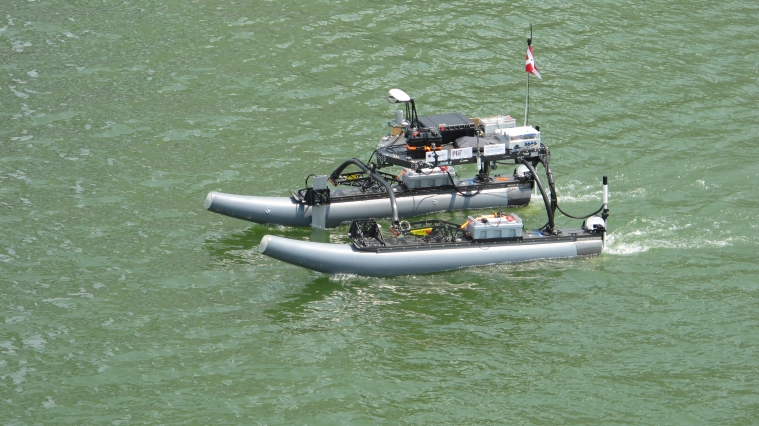Difference between revisions of "Msc1G2:Group"
| Line 64: | Line 64: | ||
<h1>Self-driving boat</h1> | <h1>Self-driving boat</h1> | ||
<div> | <div> | ||
| + | <html> | ||
| + | <iframe width="850" height="478" src="https://www.youtube.com/embed/ITTvgkO2Xw4" frameborder="0" allowfullscreen></iframe></html> | ||
<html> | <html> | ||
<iframe width="850" height="478" src="https://www.youtube.com/embed/qlZXIeEgLmQ" frameborder="0" allowfullscreen></iframe></html> | <iframe width="850" height="478" src="https://www.youtube.com/embed/qlZXIeEgLmQ" frameborder="0" allowfullscreen></iframe></html> | ||
Revision as of 12:15, 21 October 2015
Expo Transportation Hubs
The development of transportation has always been a major aspect on every Expo since back to the first exhibition in 1851. Inventions, such as the first escalators, the elevator, the hot-air-balloon and the Ferris weal have been offered to - and tested by - the constantly growing amounts of visitors, show the continuing progress of transportation development.
Considering the increasing global population, which will rise to almost 10 billion people by 2050, the relevance of transportation, and maybe more important its relation to the city’s public space, is higher than ever before. It is estimated that in 2025 over 50 million people will visit the Expo, making an average of 250.000 visitors a day. To handle this huge number, a smart and innovative solution of both carrying and distributing people has to be developed. Since the exhibition will take place within the municipality of Rotterdam, new transportation hubs have to fit an existing context and have furthermore to be connected to present infrastructure.
The main focus will be on the connection between existing infrastructures, points of interests, expo pavilions, and a smart PRT (Personal Rapid Transportation) system on water. This is because of two main reasons: water transportation has a long tradition in Rotterdam and the potential to use its capacities is huge.
Therefore, we suggest building several Transportation Hubs along sides the river of the Maas, to showcase how water transportation can effectively be used for future cities’ transportation. This will firstly increase the infrastructure of Rotterdam sustainably and secondly make the river less cutting through the city.
Analysis
Figure: Connections in Rotterdam
Figure: Connections on Site
Concept
Figure: Future of transportation
Figure: The Maas as main axis of the Expo, connecting all the different sites.
Figure: Design task for the hubs.
Figure: First diagramatic ideas of the concept
References/Impressions
Design for a traffic hub in New York (http://www.designboom.com/architecture/amlgm-urban-alloy-tower-transportation-hub-new-york-04-15-2014)/
Transportation Hub close to a river (http://www.arch2o.com/intermodel-transportation-hub-42-aaron-fritsch/)/
Self-driving boat
MIT-Olin's "WAM-V" boat navigated a special course in the RobotX competition to demonstrate motion-planning, control, and autonomy (http://news.mit.edu/2014/csail-meche-marine-experts-win-robotx-self-driving-boat-competition-1030)/
